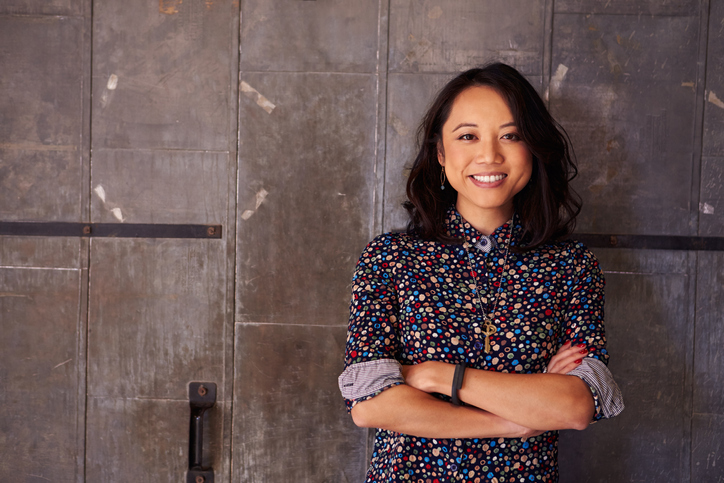
The idea of “heritage” in education
The concept of “heritage” in education and learning typically indicates a rich custom of knowing, values, and neighborhood. Throughout the United States, and particularly in cities like Atlanta, schools with “Heritage” in their names– such as Heritage Senior High School, Christian Heritage School, and Heritage Preparatory School– strive to provide education and learning that not only focuses on scholastic quality yet also on character structure, typically rooted in Christian values. These organizations intend to develop atmospheres where students can grow intellectually, mentally, and socially.
### Educational Approach and Method
Schools like Heritage Christian College, Heritage Preparatory School, and others with similar names usually share a commitment to an alternative education and learning strategy. This often includes:
– ** Academic Quality **: A rigorous educational program developed to challenge trainees and prepare them for higher education and past. Many heritage schools offer sophisticated placement (AP) programs, dual registration choices, and various other programs to enhance academic achievement.
– ** Spiritual Development **: With a foundation in Christian concepts, these institutions urge spiritual advancement via Scriptures research study, chapel solutions, and faith-based activities. The objective is to instill ethical values and a feeling of purpose within trainees.
– ** Personality Growth **: Emphasizing the importance of honesty, regard, and duty, heritage institutions often incorporate personality education and learning throughout their programs, preparing trainees to be principled leaders in society.
– ** Neighborhood Interaction **: Motivating pupils to offer and engage with their communities is a typical trademark, promoting a sense of responsibility towards others and promoting selfless values.
### Facilities and Extracurricular Activities
Heritage institutions often boast facilities that sustain a wide variety of extracurricular activities, including sports, arts, songs, and clubs. As an example, Heritage Senior high school in Atlanta might supply state-of-the-art sporting activities centers, while Heritage Preparatory School focuses on arts and innovation. These activities are made to sustain pupils’ holistic advancement, supplying opportunities for them to explore passions, develop skills, and cultivate leadership skills.
### Preschool and Preparatory Programs
Lots of heritage establishments also use programs for more youthful kids, such as Heritage Kindergarten or Heritage Pre Institution, stressing very early youth education and learning within a nurturing and values-oriented environment. These programs commonly concentrate on foundational skills, socializing, and presenting children to the principles that define the college’s academic approach.
### Selecting a Heritage Institution
For parents thinking about a heritage school for their youngsters, it’s essential to look past the name and understand the particular offerings, worths, and area each college gives. Checking out the school, conference with instructors and administrators, and speaking to various other parents and students can offer important understandings. Additionally, examining the college’s site, curriculum information, and extracurricular offerings can assist guarantee that the institution aligns with the family members’s academic goals and worths.
### Final thought
Heritage schools, whether they are secondary schools, primary academies, or Christian universities, share a commitment to offering a versatile education and learning grounded in Christian worths and customs. By concentrating on scholastic rigor, spiritual growth, personality growth, and area interaction, these institutions intend to prepare trainees not just for college and profession success, however, for significant, purpose-driven lives. As with any educational choice, mindful consideration of the school’s ethos, programs, and community is key to discovering the appropriate suitable for each student and household.

